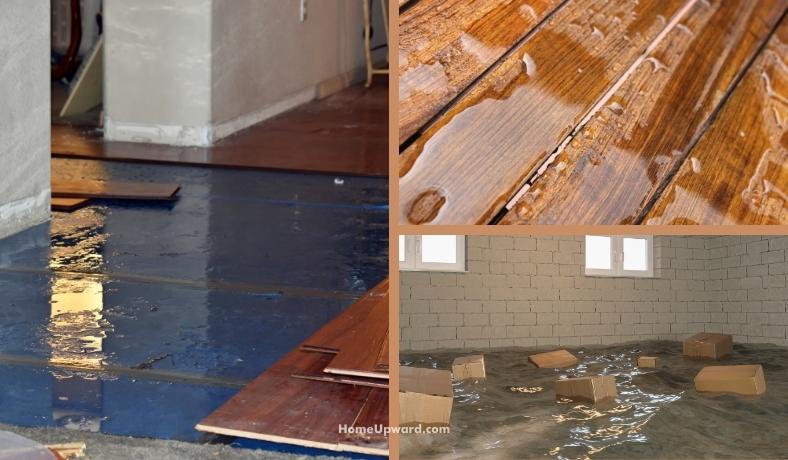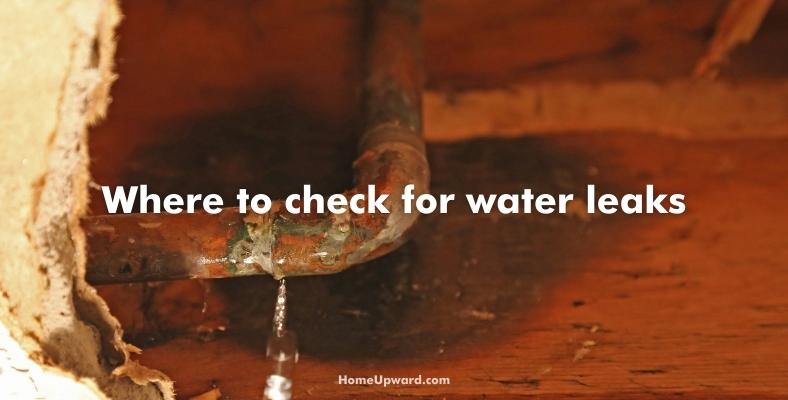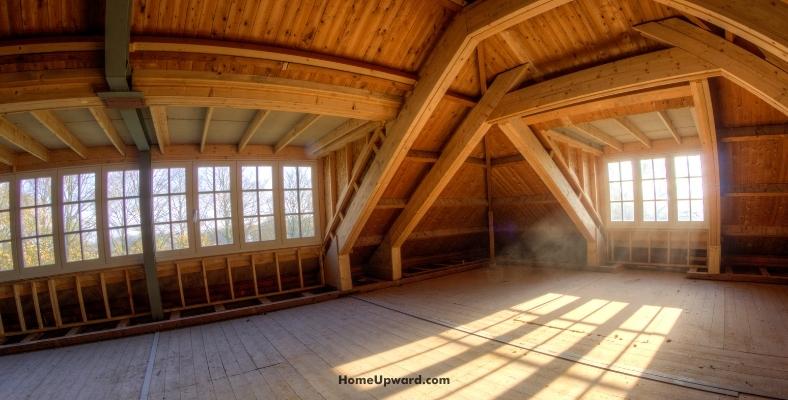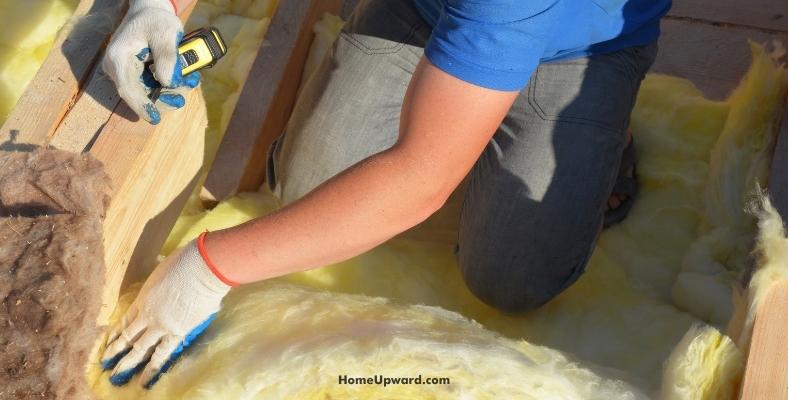Contents
What To Do About a Wet Attic
The first step is to identify the source of moisture.
- Attic condensation is usually the primary cause of attic moisture. It happens when warm air from your living space rises and meets the cold surface of your attics – for example, the underside of the roof deck or the top of an uninsulated attic floor. This temperature difference causes water vapor to condense on a surface.
- Another common source of attic moisture is roof leaks. Leaks can come from a range of places including holes in the roof, damaged flashing around chimneys and vents, or gaps around attic access doors or windows.
If you think leaks are causing your attic moisture problem it’s a good idea to have a professional inspect it and make repairs as needed. In the meantime, you can use spray foam to cover up any water or air leaks.
Dealing with future moisture in your attic
Once you’ve identified and repaired the attic moisture problem the next step is to improve attic ventilation. Attic condensation can be reduced or eliminated by making sure you have good airflow through your attic space.
One way to do this is by adding more roof vents or increasing the size of existing vents.
In some cases, attic moisture can be controlled by installing a vapor barrier on the warm side of attic insulation. The barrier will help prevent warm air from rising into the attic and moisture condensing on cold surfaces.
If you have an attic moisture problem that never seems to go away you may need to install a dehumidifier in your attic space. They’re good for removing excess moisture from the air and will reduce the risk of mold and mildew growth.
The drawback to a dehumidifier is that they require power and because they collect water you’ll either have to empty the collection tank or run a drain hose to the outside.
Where To Check For Water Leaks
Water stains or water damage on your ceiling are a clear sign of attic leaks. Also, check for water stains around your attic access door. If you see any that nearly always means you’ve got a leak around there.
Another place to check for attic leaks is around:
- Vents
- Chimneys
- Skylights
- Recent patches or roof construction
Make sure the flashing (the metal strips) around these openings are in good condition and isn’t corroded or damaged. It’s also a great idea to check your gutters and downspouts to make sure they’re clear of debris and draining properly.
Clogged gutters can cause water to back up and seep into your attic through holes or cracks. If you have an attic fan, check to make sure it’s in good working order and venting attic air to the outside well.
Attic fans that aren’t vented to the outside can draw moist air into your attic space and really don’t help much at all.
Attic Ventilation
There are a few different ways you can improve attic ventilation:
- One is to add more vents. If your attic doesn’t have any vents, install some. The most common type of attic vent is the gable vent which is installed in the end walls of your attic.
- Another way to improve attic ventilation is to increase the size of existing vents.
- You can also install a power attic ventilator. A ventilator is a fan mounted in your attic that draws air out of your attic and vents it to the outside. They can be really helpful especially helpful in hot, humid climates.
- Make sure your attic access door is sealed well with insulation material to prevent warm air from rising into your attic space.
- You can also install weatherstripping around the edges of the door to further improve energy efficiency.
Will Wet Attic Insulation Dry Out?
If your attic insulation has been dampened by leaks or condensation it’s really important to dry it out as soon as possible. Mold and mildew can start to grow in as little as 24 hours so it’s important to take action right away.
- The best way to dry out wet attic insulation is to remove it and lay it out in the sun to dry. If you have a lot of insulation you may need to rent a dumpster to dispose of it. Once the insulation is dry you can replace it with new insulation.
- Another option for drying out wet attic insulation is to use a floor fan. Place the fan in your attic space and point it at the wet insulation. The airflow from the fan will help speed up the drying process but you’ll need decent ventilation so the moisture can escape, drying them out as it does.
- If you have a dehumidifier you can use it in your attic to help remove excess moisture from the air and dry out wet insulation. Just be sure to empty the dehumidifier regularly so it doesn’t overflow (you can also run a drainage hose elsewhere on some models of dehumidifiers.)
What Does Wet Insulation Smell Like?
If you’ve ever had a wet attic the smell can be fairly bad – it’s kind of a musty or mildewy odor but can be worse in some cases depending on what else has gotten damp or if enough time has passed.
The best way to get rid of the wet attic smell is to address the source of the problem: excess moisture. Once you’ve eliminated the humidity the mold and mildew will stop growing and the foul smell will disappear.
Should Insulation Be Replaced if it Gets Wet?
If your attic insulation gets wet you’ll need to dry it out as soon as possible to prevent mold and mildew growth. Once the insulation is dried out you can decide whether or not to replace it based on how it looks and if there’s permanent damage.
(As a side note, fiberglass insulation is the best insulation material as it doesn’t absorb as much moisture.)
If the insulation is only slightly wet and not too much time has passed you may be able to salvage it by drying it out completely. However, if the insulation is very damp or has been wet for a long period of time it’s usually best to replace it.
Keep in mind that attic insulation doesn’t last forever. Even if it doesn’t get wet it’ll eventually settle and lose effectiveness. For this reason it’s a good rule of thumb to check your attic insulation regularly and replace it every 10-15 years.
Will Wet Insulation Grow Mold?
Yes, wet attic insulation, like nearly all materials or surfaces, is a prime breeding ground for attic mold and mildew.
Mold and mildew can cause several health problems, including:
- Respiratory infections
- Headaches
- Fatigue
In some cases they can even trigger asthma attacks. Once mold starts growing it can be tough remove if it’s grown deep into the material. Light mold or mildew growth (superficial, on the top of a surface) can often be removed by killing it off and allow it to dry out completely.
However, it’s important to understand that mold will likely come back even if you manage to get rid of it unless you deal with the source of water or moisture that allowed it to grow in the first place.






